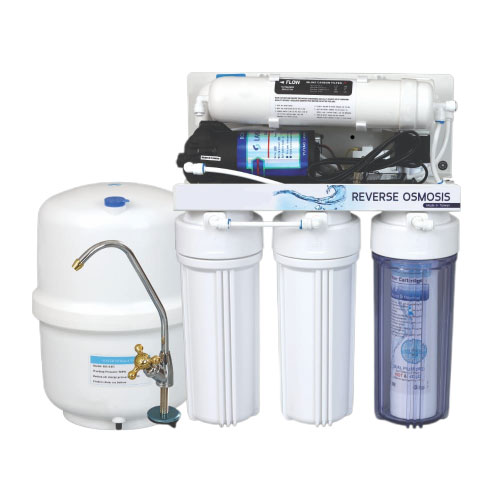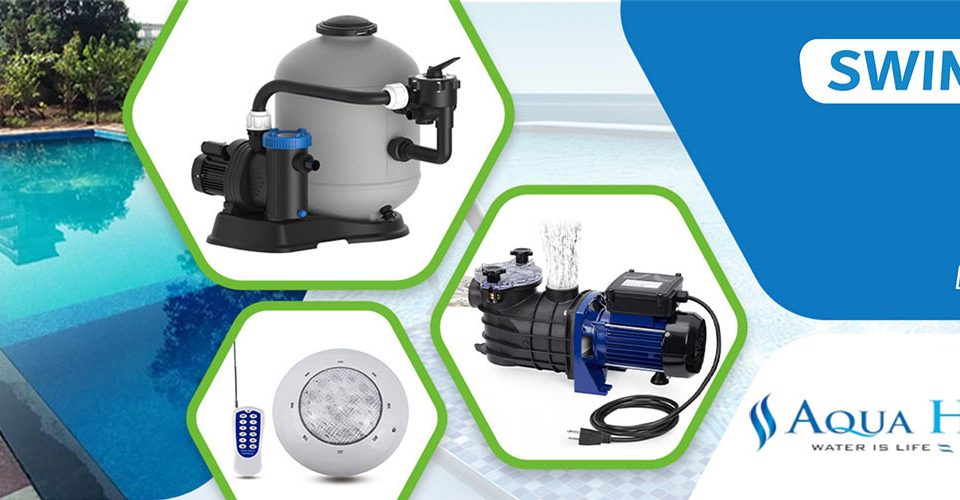- For any information contact us at
- 0321 8447030
- aqua.hygienic@gmail.com
Understanding Domestic RO Plant Technology: The Science Behind Clean Water
In recent years, concerns about water quality have grown significantly, especially in countries like Pakistan where access to clean water can be a challenge. With increasing awareness of waterborne diseases and contaminants, many households are turning to domestic RO plants as a reliable solution for purifying drinking water. But what exactly is reverse osmosis (RO) technology, and how does it work? This article delves into the workings of domestic RO systems and the science behind achieving clean water.
What is Reverse Osmosis (RO)?
Reverse osmosis is a water purification process that removes impurities and contaminants from water by using a semi-permeable membrane. This technology is widely used in various applications, including residential water purification, due to its effectiveness in filtering out a broad range of pollutants.
The Science Behind Reverse Osmosis
The principle of reverse osmosis is based on the natural process of osmosis, which occurs when water moves from a region of lower solute concentration (clean water) to a region of higher solute concentration (contaminated water) through a semi-permeable membrane. This movement continues until an equilibrium is reached.
In reverse osmosis, the process is reversed by applying pressure to the concentrated side of the membrane, forcing water molecules to move from the contaminated side to the clean side. This process effectively removes impurities, including salts, heavy metals, and other contaminants.
How Domestic RO Plants Work
Domestic RO plants consist of several key components that work together to ensure the efficient purification of water. Here’s a breakdown of the main parts and their functions:
1. Pre-Filter
Before water reaches the RO membrane, it first passes through pre-filters. These filters remove larger particles, sediments, and chlorine, which can damage the RO membrane. Common pre-filters include sediment filters and activated carbon filters.
2. RO Membrane
The heart of any domestic RO plant is the RO membrane. This semi-permeable membrane has tiny pores that allow only water molecules to pass through while rejecting larger molecules and contaminants. The effectiveness of the membrane is crucial, as it determines the purity of the final output water.
3. Post-Filter
After the water passes through the RO membrane, it goes through a post-filter, which further polishes the water before it is dispensed. This step ensures that any residual tastes or odors are removed, providing clean and great-tasting drinking water.
4. Storage Tank
Once the water is purified, it is stored in a tank for easy access. Most domestic RO plants come with a storage tank that allows users to have a ready supply of clean water.
5. Dispensing Faucet
The final component is the dispensing faucet, where users access the purified water. Some systems may have additional features, such as a dedicated faucet for easy dispensing.
Advantages of Using Domestic RO Plants
- Effective Contaminant Removal: Domestic RO plants can remove up to 99% of contaminants, including dissolved salts, heavy metals, bacteria, and viruses. This high level of purification ensures that the water is safe for consumption.
- Improved Taste and Odor: By removing impurities, RO systems enhance the taste and smell of drinking water, making it more enjoyable for daily use.
- Convenience: With a domestic RO plant, families can have access to clean, filtered water at home, eliminating the need for bottled water.
- Cost-Effective: Over time, investing in a domestic RO plant can be more economical than purchasing bottled water, particularly for large households.
- Eco-Friendly: Using RO systems reduces the reliance on plastic water bottles, contributing to environmental sustainability.
Conclusion
Domestic RO plants represent a significant advancement in water purification technology, offering a reliable solution for households seeking clean drinking water. By understanding how these systems work and the science behind reverse osmosis, users can appreciate the value they bring to health and well-being. As water quality continues to be a pressing issue, adopting domestic RO plants can empower families in Pakistan to safeguard their health with access to pure and safe drinking water.



